Graffiti without a wall
To do graffiti you need a wall; there is no graffiti if there is no wall. So as a graffiti writer you are depending on a surface. It can be limiting and at times frustrating because it is just impossible to paint every wall I would have liked to; and, I mean painting actual artwork and not tags. So this frustration led me to create graffiti without needing a wall, though to transform my POINT letters into a 3D dimension was a new challenge. Thinking about the letters from all sides and different angles requires a lot of imagination and to define what each single letter represents. The letters are the bones; keystones for the composition; the graffiti piece is the body, and the body is the sculpture. It is interesting that my graffiti sculptures all turned out as only POINT pieces. CAKES never worked to become a sculpture. I’m not sure if it’s because of the letters or because of the meaning of the word.


3D Point
Manchester, 2004
1 / 2
The Third Dimension by Petr Volf
In 2001, Kaláb took his art to a new level by presenting his first three-dimensional, sculptural graffiti. It was also the first time he participated in a gallery exhibition. A group show of young artists from Prague and California was held at the prestigious Mánes Gallery, one of the most beautiful in Prague, which is housed in a functionalist building. Being under heritage protection, painting its walls is off limits, so he assembled his POINT piece from precisely shaped sections of chipboard and bolted the individual white-painted letters onto the wall. Nothing like it had been made in the graffiti genre before, it was an important breakthrough. In February 2004, a 3D POINT sculpture appeared on the circular concrete panel covering the top of a ventilation shaft in Palach Square, garnering considerable attention not only within the street art community. This square in the heart of the city is named after Jan Palach, a student who burned himself alive in January 1969 in an effort to galvanize the general public, which was gradually becoming reconciled with the humiliating occupation of the country by the Soviet army. Jan Kaláb knew the location very well, for a couple of years he’d studied at the Vysoká škola uměleckoprůmyslová v Praze (VŠUP: Art, Architecture and Design School in Prague), whose building forms one of the boundaries delimiting the space, two of the other boundaries being the Rudolfinum and the Philosophical Faculty. He created an imposing, letter-based sculptural work, its color and jagged form symbolizing flames – thanks to his use of fluorescent paints, they were visible even from a distance after nightfall. The sculpture mostly received positive responses. One can say with certainty that up to that point, no one in the world had made a bigger graffiti sculpture. Because it was put in place without any kind of permission, it only lasted on its circular pedestal for three weeks. However, it indicated the direction where Jan Kaláb’s artistic practice was heading, as well as showing how it is possible to work magnanimously with an environment that is otherwise difficult to grasp. In subsequent years he installed other 3D graffiti in urban public space, as well as in the atria of buildings and in parks.


Flaming Point
Palachovo náměstí, Praha , 2004
1 / 3
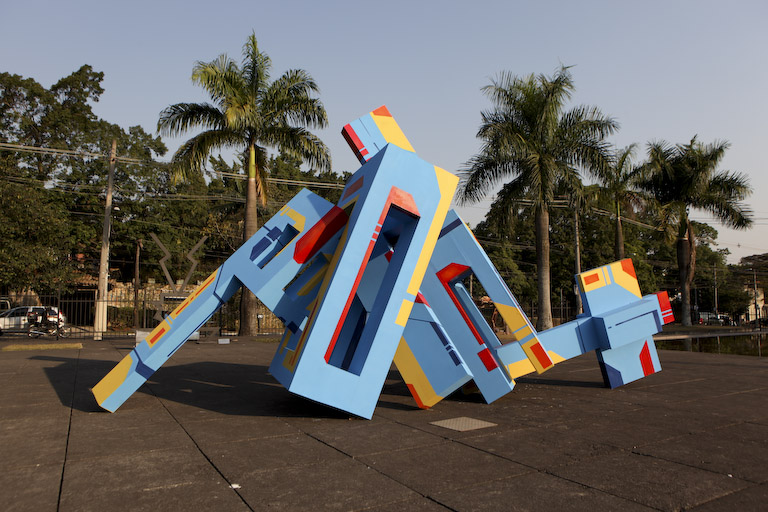
3D Point
MUBE Museum, Sao Paulo, 2007



Point Bird
Praha, 2022
1 / 4
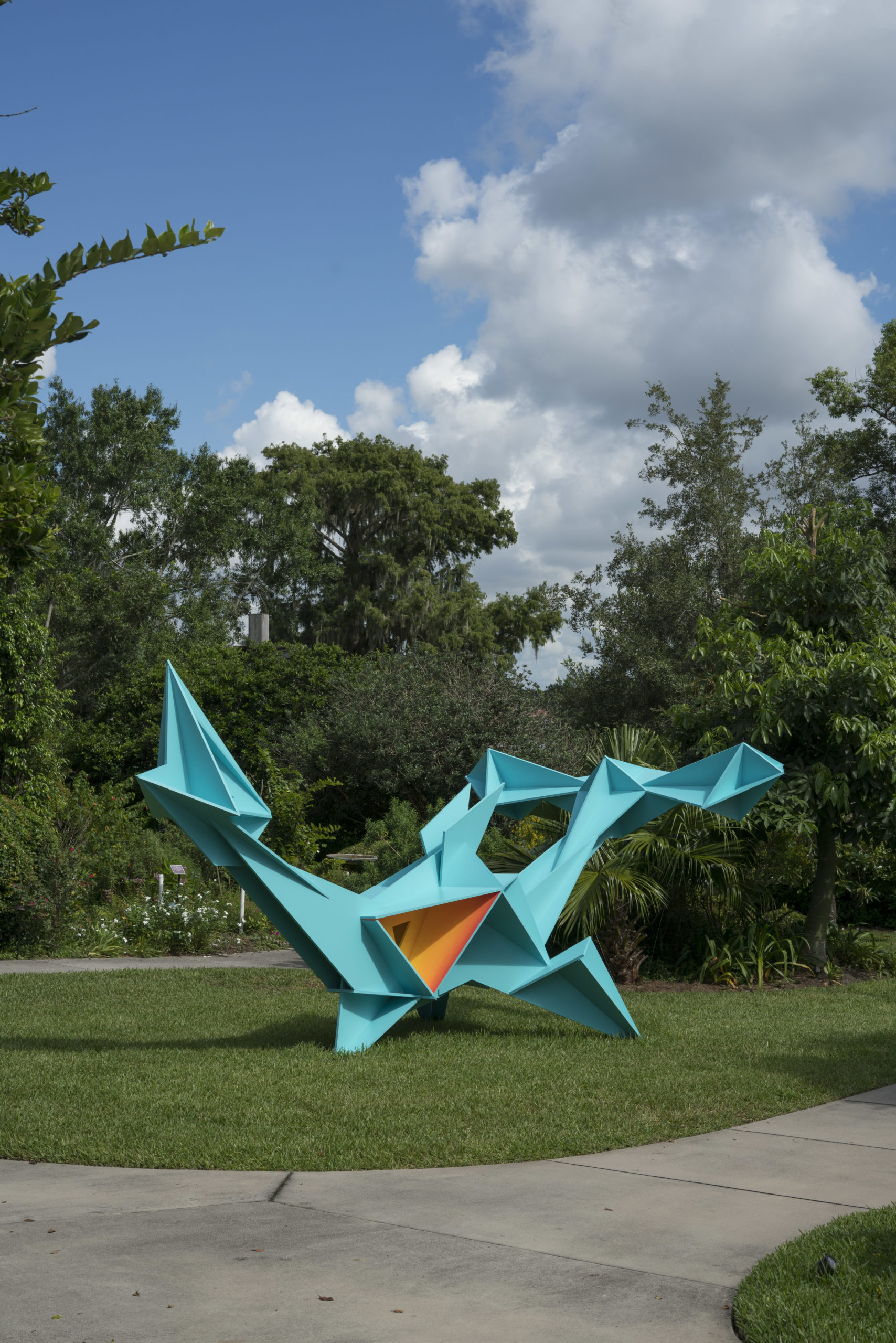
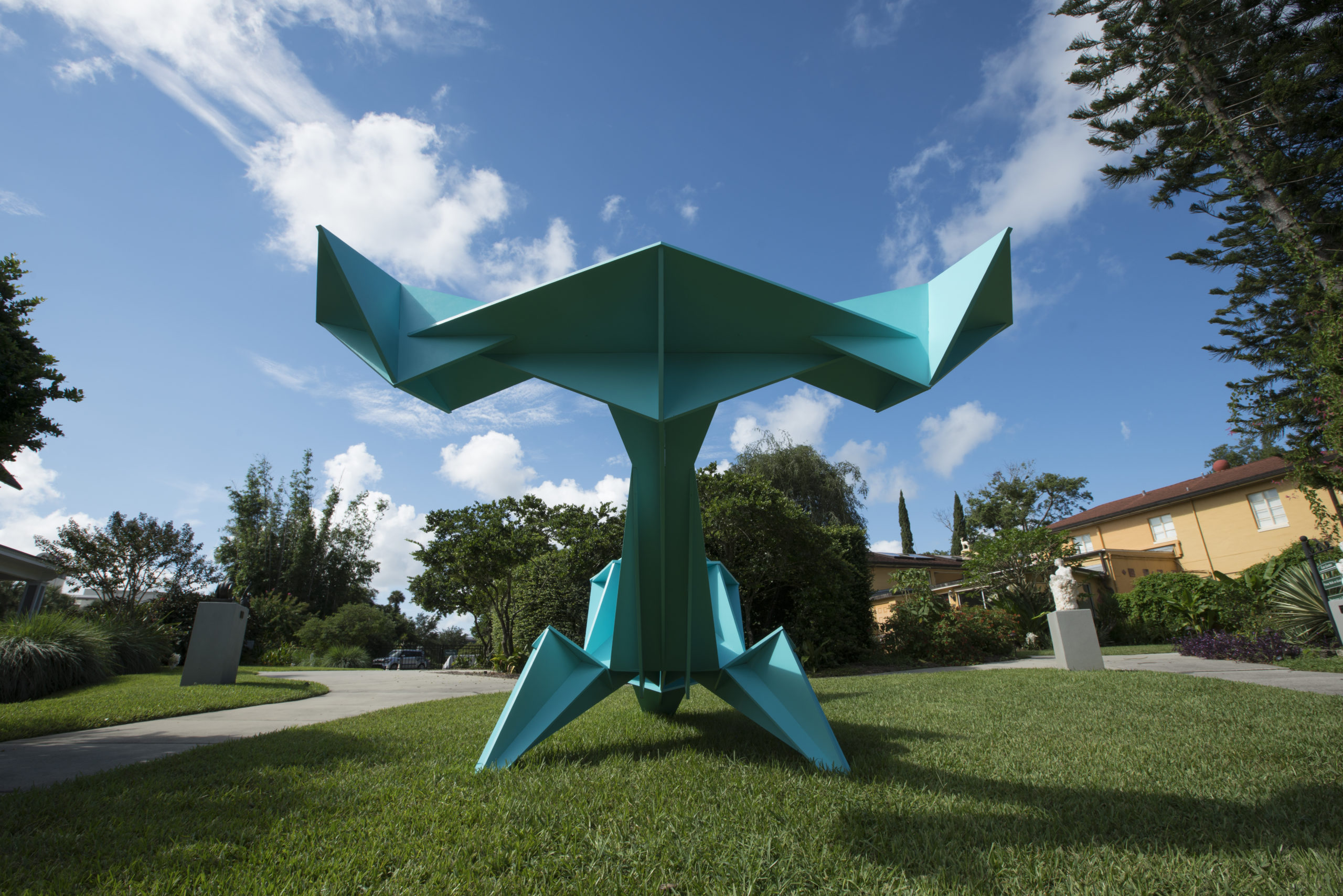
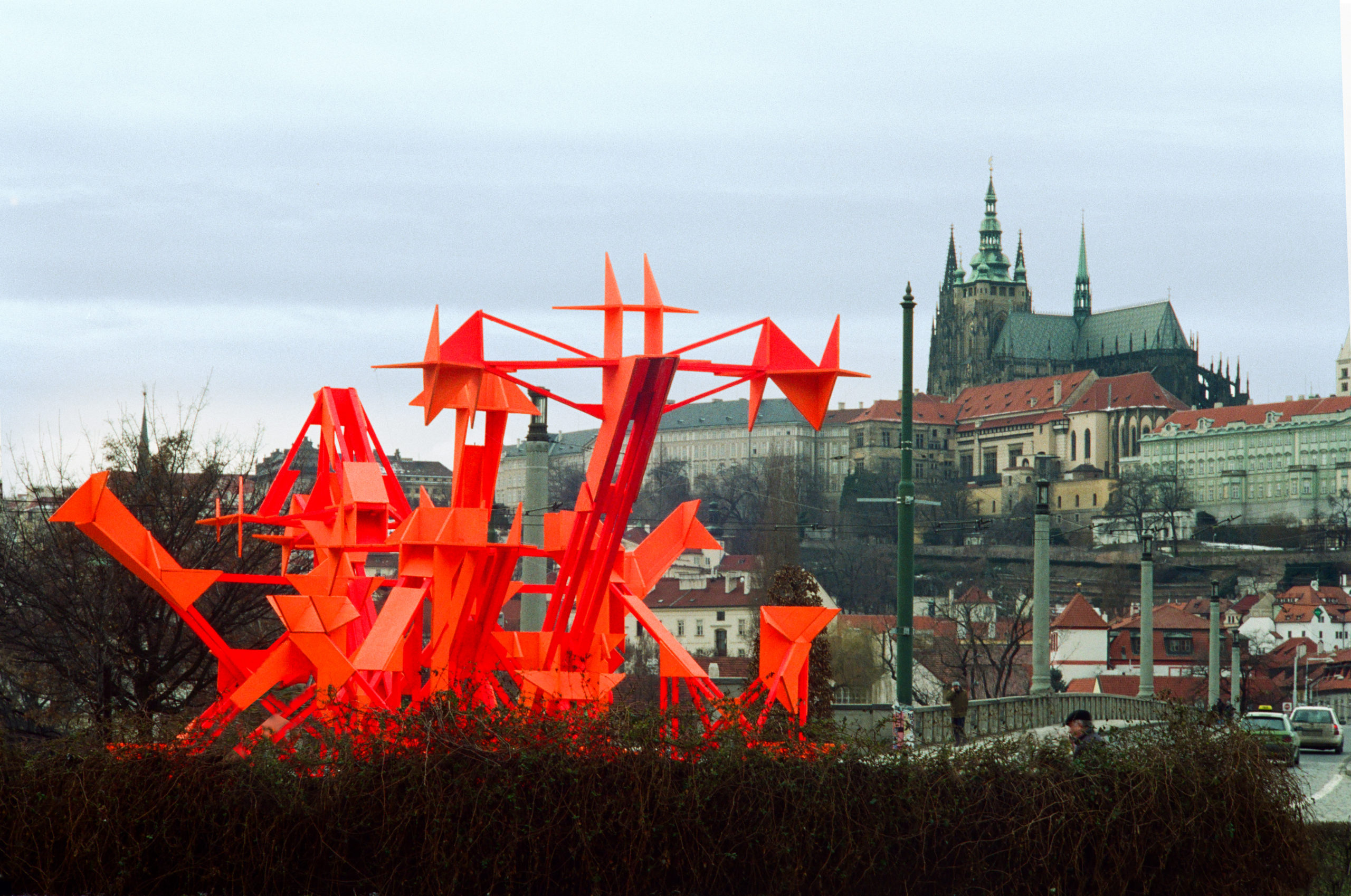





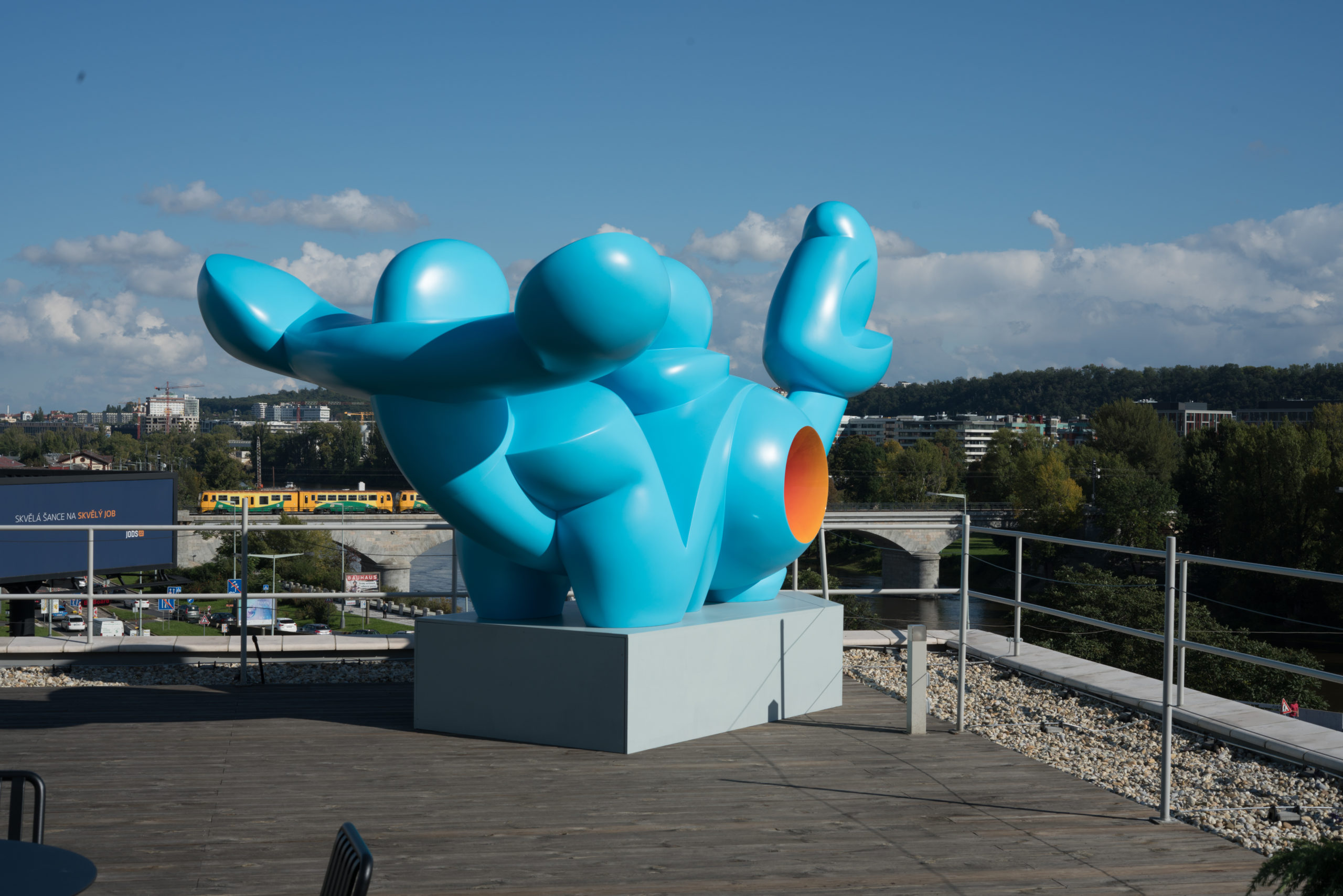

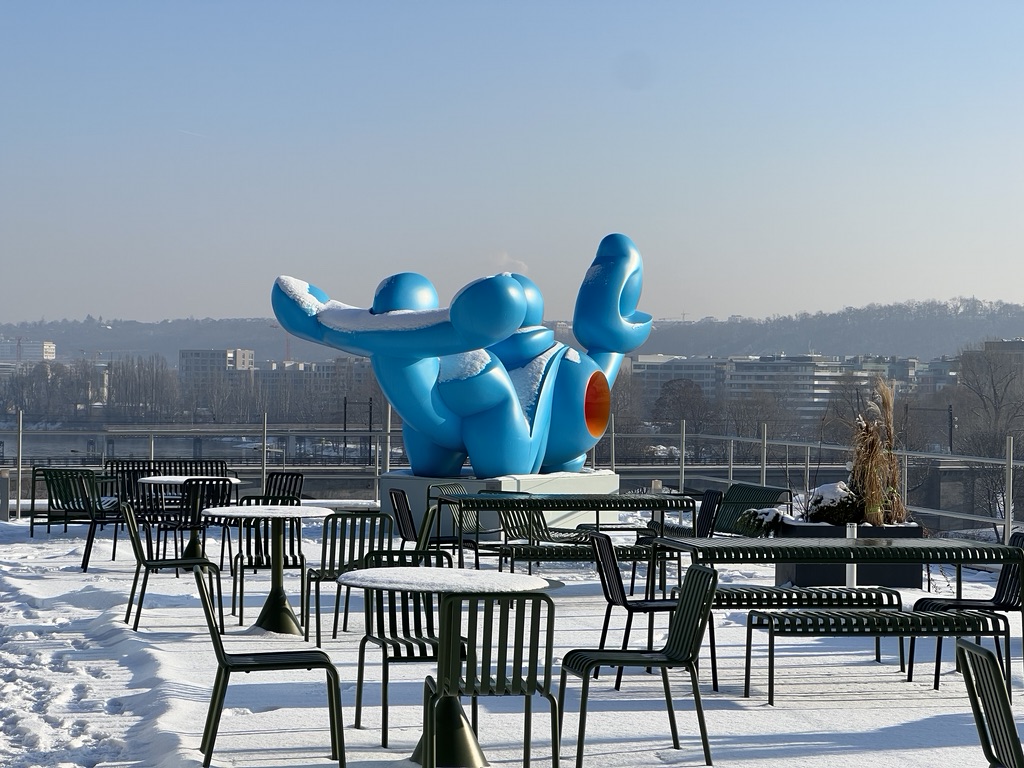
 Back to overview
Back to overview 